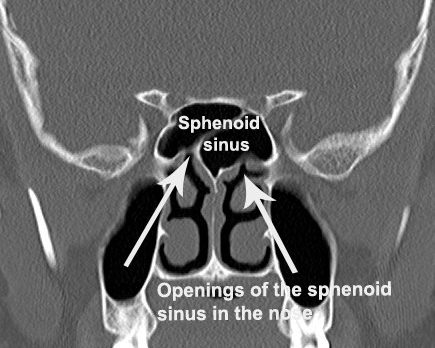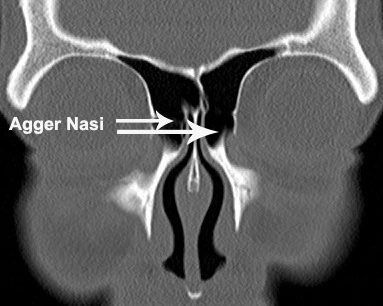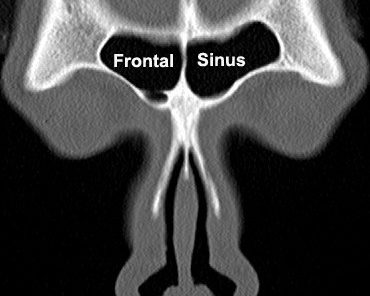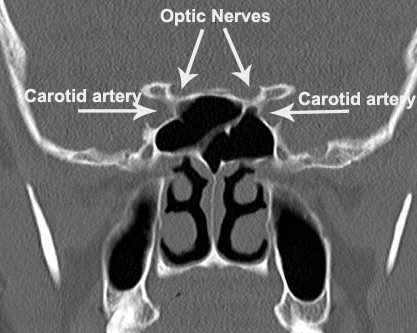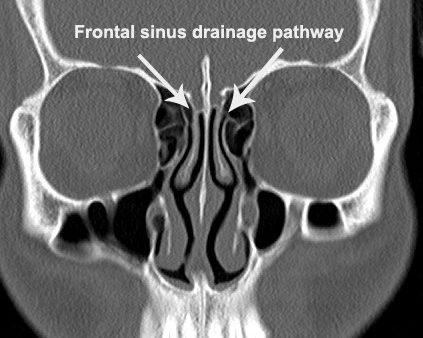Home / Nose Sinuses / Why do I need a CT scan for my sinuses?
Why do I need a CT scan for my sinuses?
Call +65 8125 3580
for 24 by 7 appointment
As just one, few or all the sinuses may be involved with the disease process, CT scans of the sinuses will also provide information on the extent of the disease. This information is crucial in planning the surgery.In figure 3 all the sinuses are involved in the disease process.Figure 4
The CT scan is also akin to a “road map.” It provides information of the pertinent anatomy of the sinuses. Anatomy of the sinuses is not fixed. It varies from person to person. In fact, it can be vary on different sides of the same person. This information is important to avoid some critical structures such as the orbit, brain, optic nerves and major blood vessels during the surgery.In figure 4A the contents of the right eye are prolapsing into the ethmoid sinuses because of a “dehiscence” of a bony defect in the partition between the two. This condition if not recognised before the surgery predisposes the eye contents to injury during the surgery. The injury can be serious enough to result in blindness. In figure 4B the arrow points to the right optic nerve which is literally “floating” in the right side of the sphenoid sinus. Again if not recognosed before the surgery the nerve could be damaged during the surgery resulting in blindness.
I am sure by now you will understand of the importance of CT scan particularly when surgery is contemplated. It is to “get to know your sinuses better!!”


